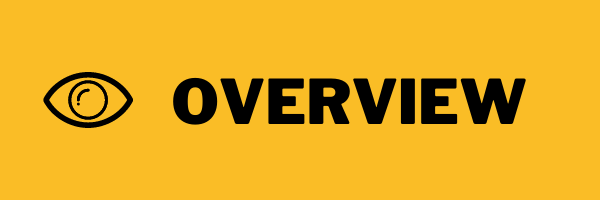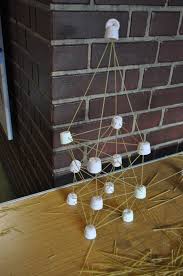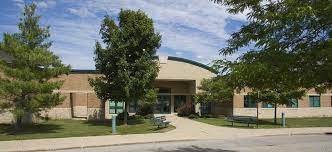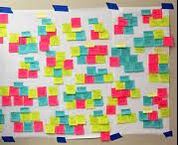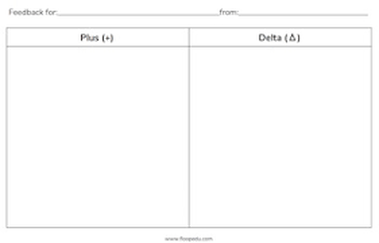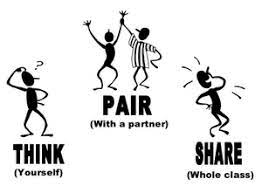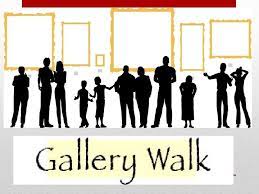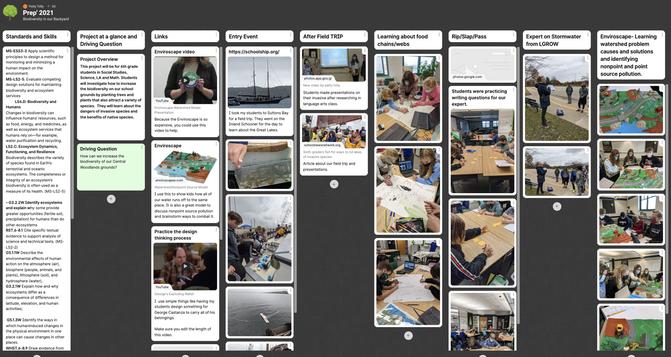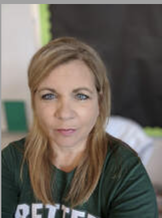Biodiversity in our Backyard
By: Patty Tolly
By: Patty Tolly
Project at a Glance :
This project is for 6th grade students in Social Studies, Science, ELA and Math. Students will investigate how to increase the biodiversity on the school grounds by planting trees and other plants that attract a variety of species. They will learn about the dangers of invasive species and the benefits of native species.
Driving Question:
How can we increase the biodiversity of Central Woodlands grounds?
|
Standards:
Entry Event:
|
Stakeholders:
|
Incubation:
Checking in:
|
|
Solution Building:
|
Authentic Audience:
|
Click here for teacher's full plan.
Reflection and Feedback:
Students will practice their presentations in front of the class, me prior to showcasing their work. This will give them plenty of time to edit their work. The class will have a chance to give feedback based on a rubric. Fishbowl Swot Analysis |
Click here to follow the teacher's Journey through PBL on Padlet . . .
|
Meet the Educator:
Patty Tolly teaches 6th grade reading, science and social studies at Forest Hills Public Schools. I am passionate about Design Thinking because it gives my students a real life format to use in PBL. PBL has been a passion of mine for the last 10 years because it gives students the "When will I ever use this". It is real life learning." |
